The characteristic white thatch buildings were the first thing I noticed when we drove into Wupperthal, a stark contrast against the dusty red wilderness of the Cederberg. Wupperthal, about 70km southeast of Clanwilliam and 250km from Cape Town, is...
The characteristic white thatch buildings were the first thing I noticed when we drove into Wupperthal, a stark contrast against the dusty red wilderness of the Cederberg.
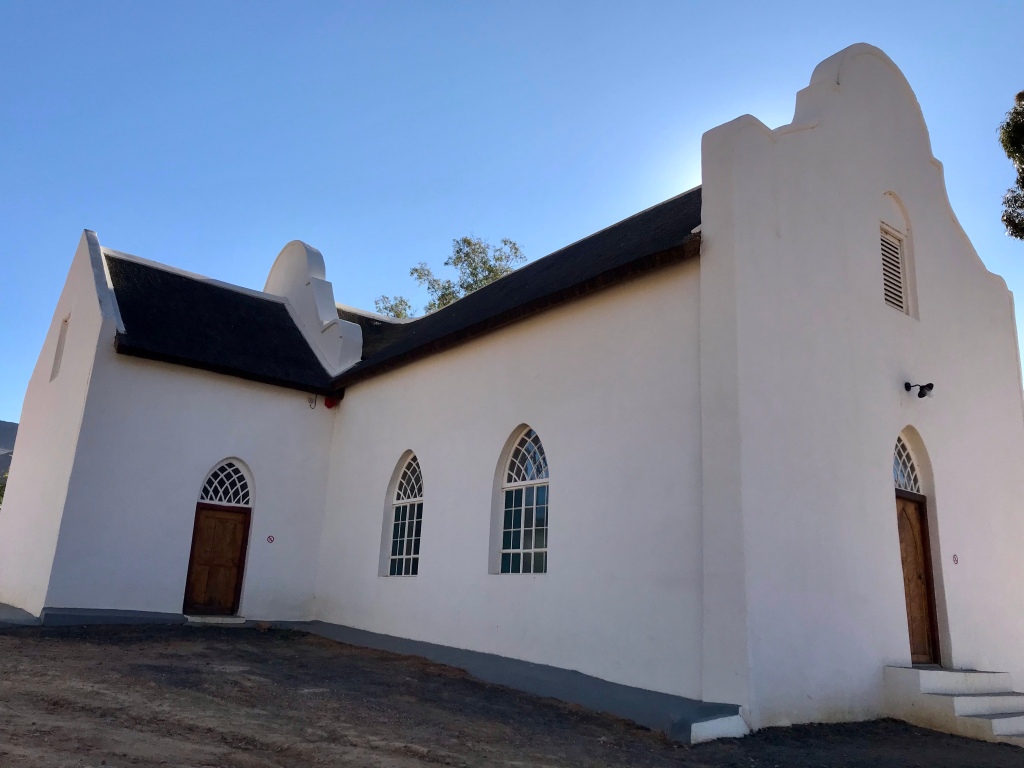
Wupperthal, about 70km southeast of Clanwilliam and 250km from Cape Town, is only accessible via a dusty gravel road winding through steep mountains after two German missionaries, Theobald von Wurmb and Johan Gottlieb Leipoldt (grandfather of renowned writer C Louis Leipoldt) settled among the native Khoikhoi families in the valley in 1830.
The population of the village expanded when slavery was abolished in 1838 and many freed slaves arrived from nearby farms
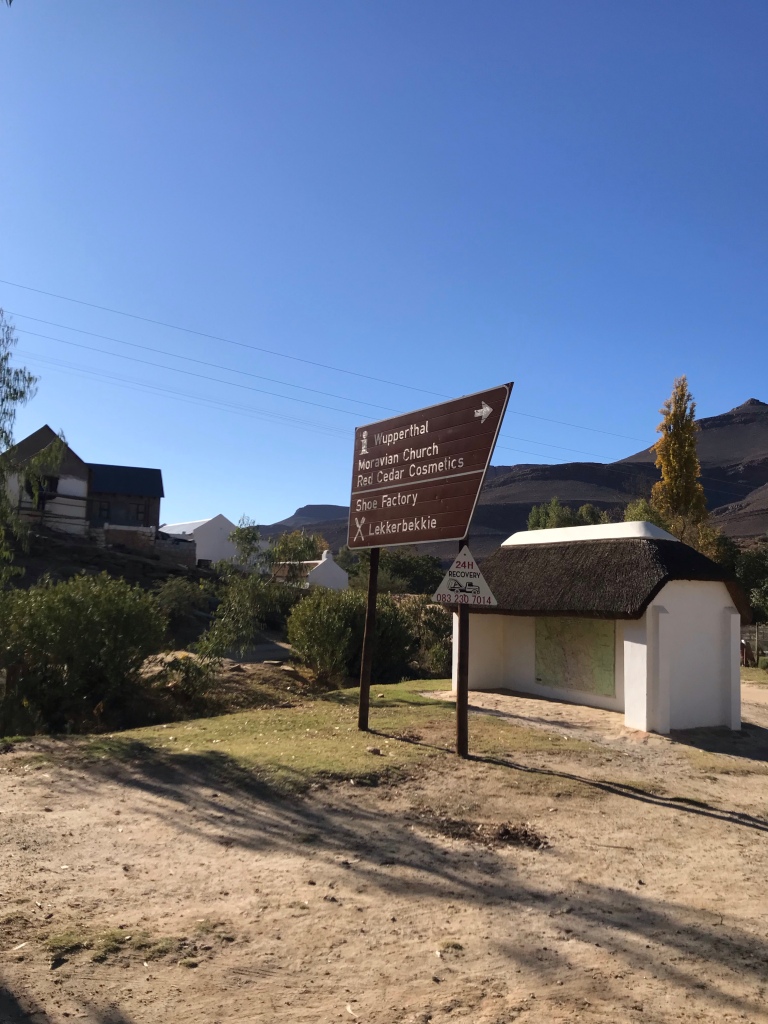
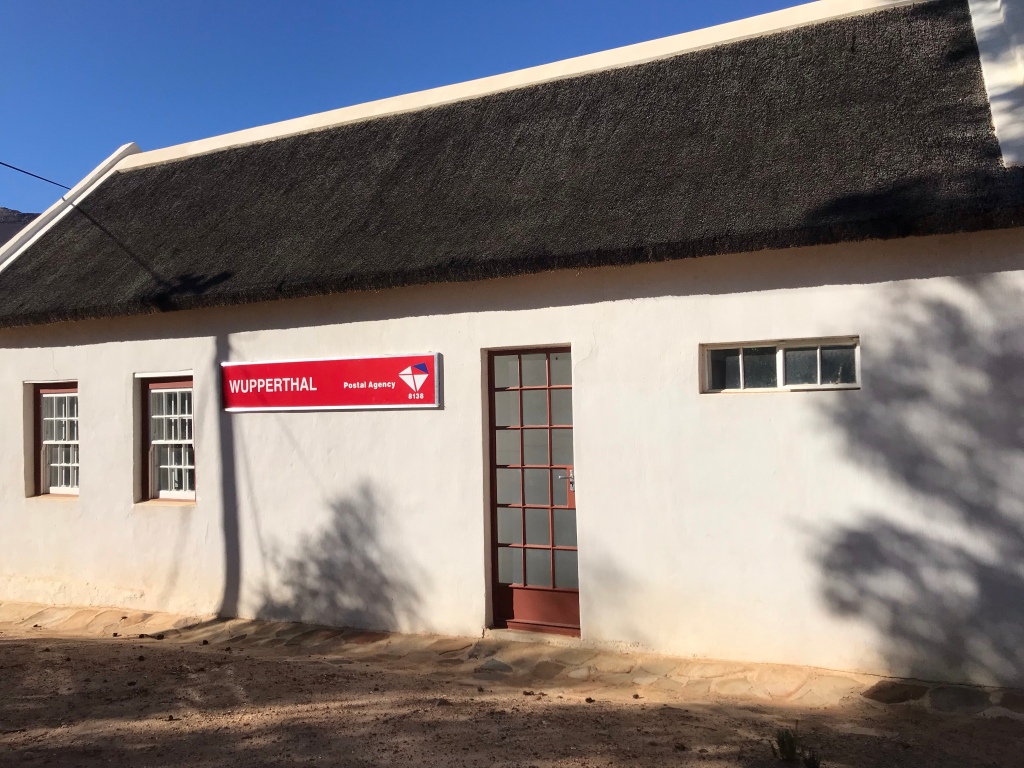
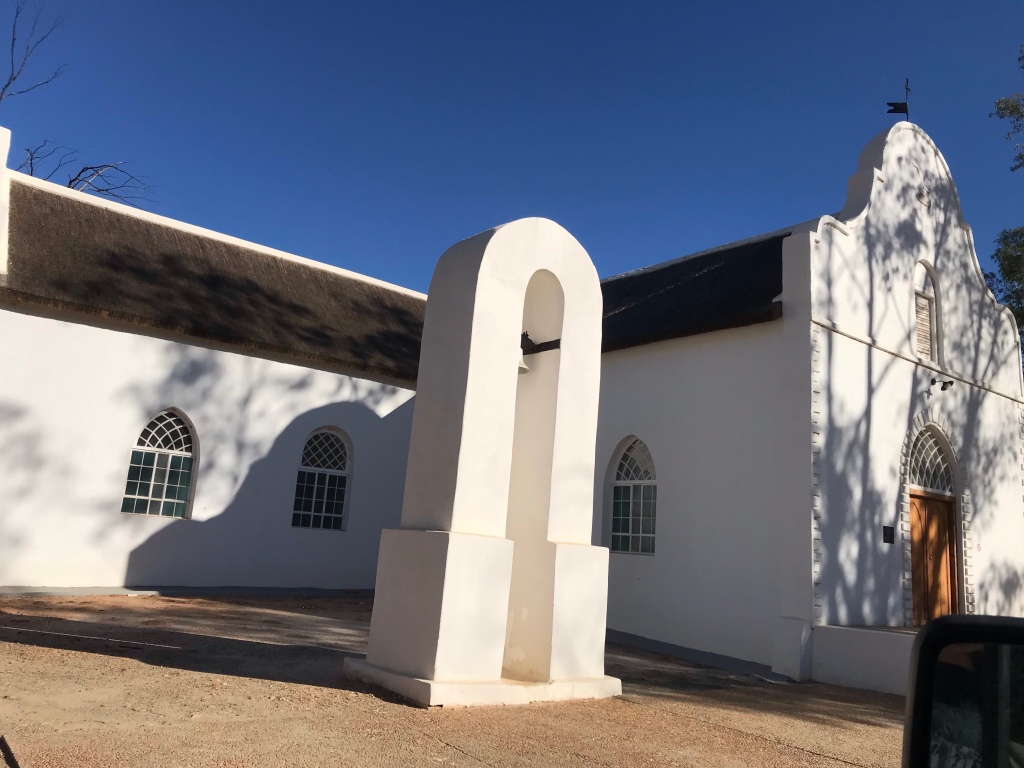
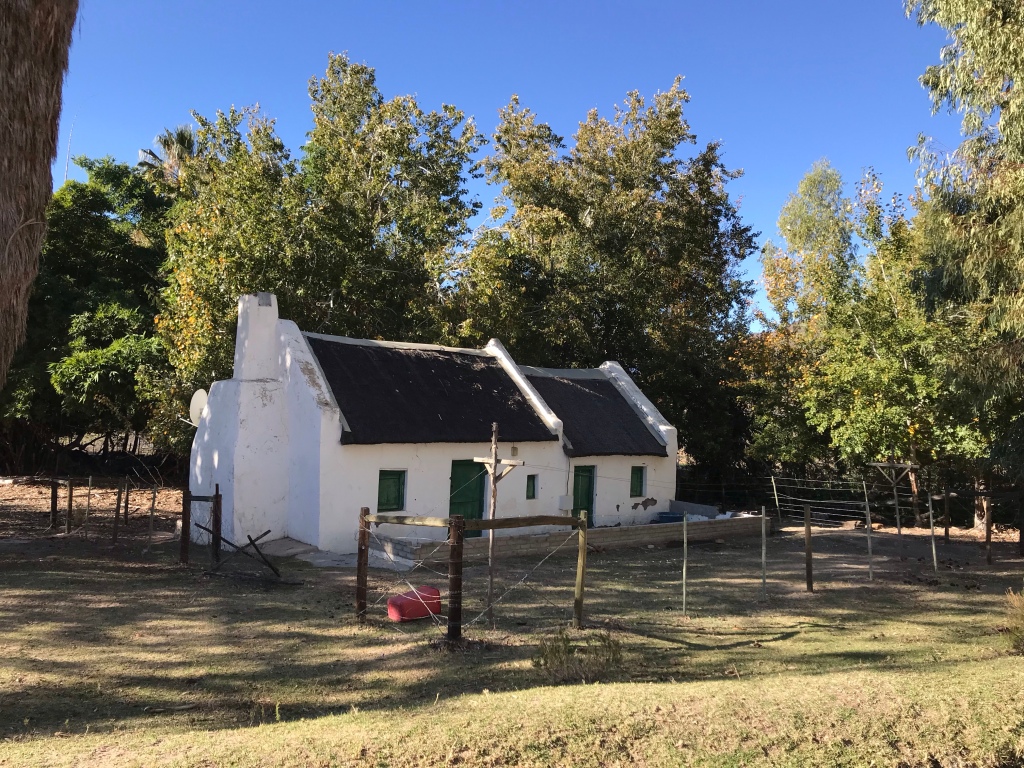
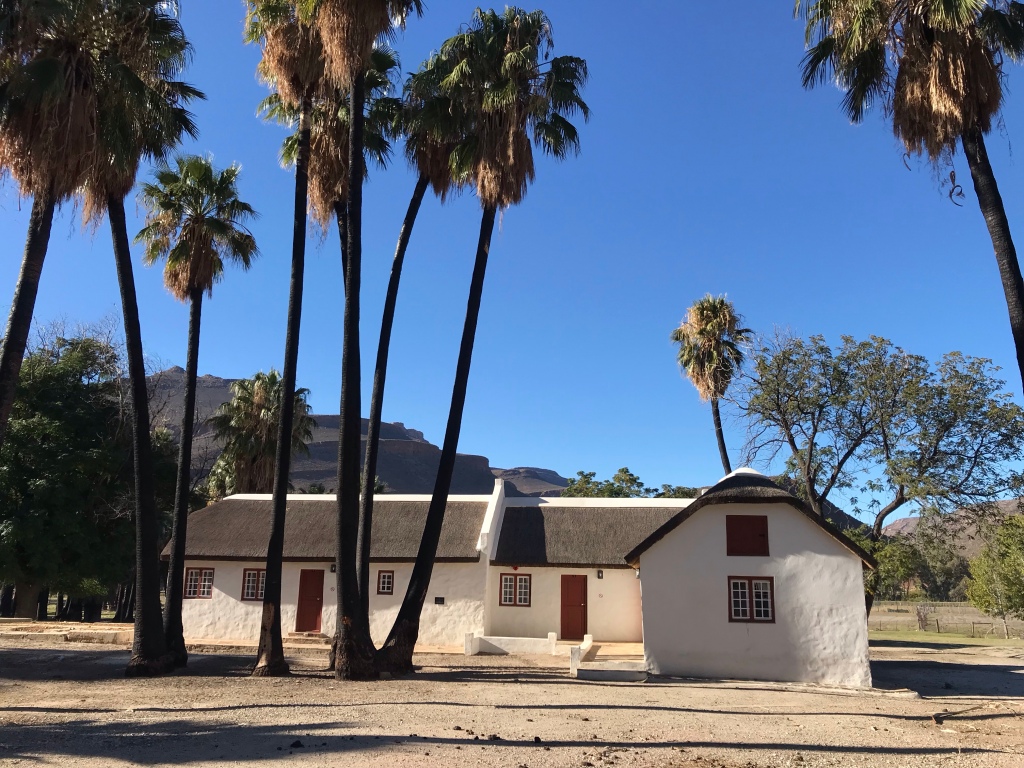
Today, there is the whitewashed Moravian Mission Station and a few newly-built thatched-roofed buildings surrounding it. Wupperthal used to be well known for its handcrafted, locally produced veldskoen shoes. I hankered after a red pair made famous by David Kramer. But this unassuming little dorpie made more headlines in 2018 when a devasting fire destroyed large parts of the town.
The blaze swept through the Moravian Mission Station and destroyed the clinic, parsonage, town hall and the school. An estimated 45 homes in Wupperthal were also destroyed and more than 200 people were left homeless, not long before the lockdown induced by Covid-19 shattered any hopes of tourism helping the town back on its feet.
The Moravian Mission Station and other historic buildings in the centre of this small village were recently restored to their former splendour, but the tourists have yet to come. The rebuilt veldskoen factory stands desolate, the centre of town quiet and undisturbed. The only sign of life was Oom Woeka, patiently sitting outside his café and eager to welcome anyone walking by, patron of his store or not.
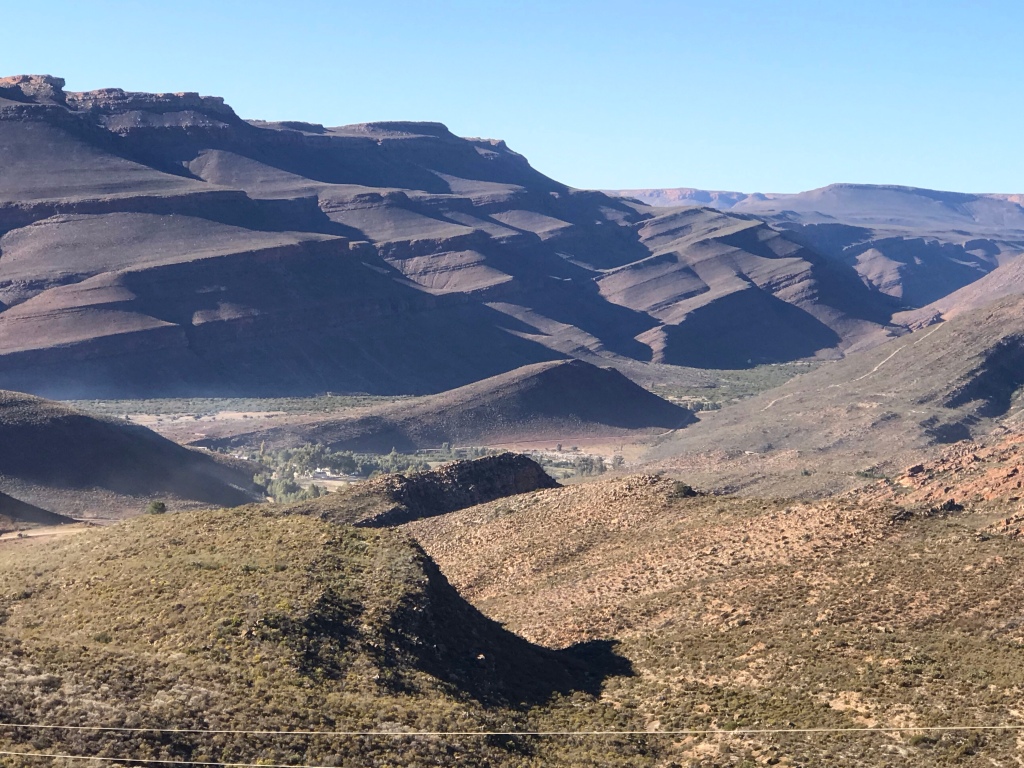
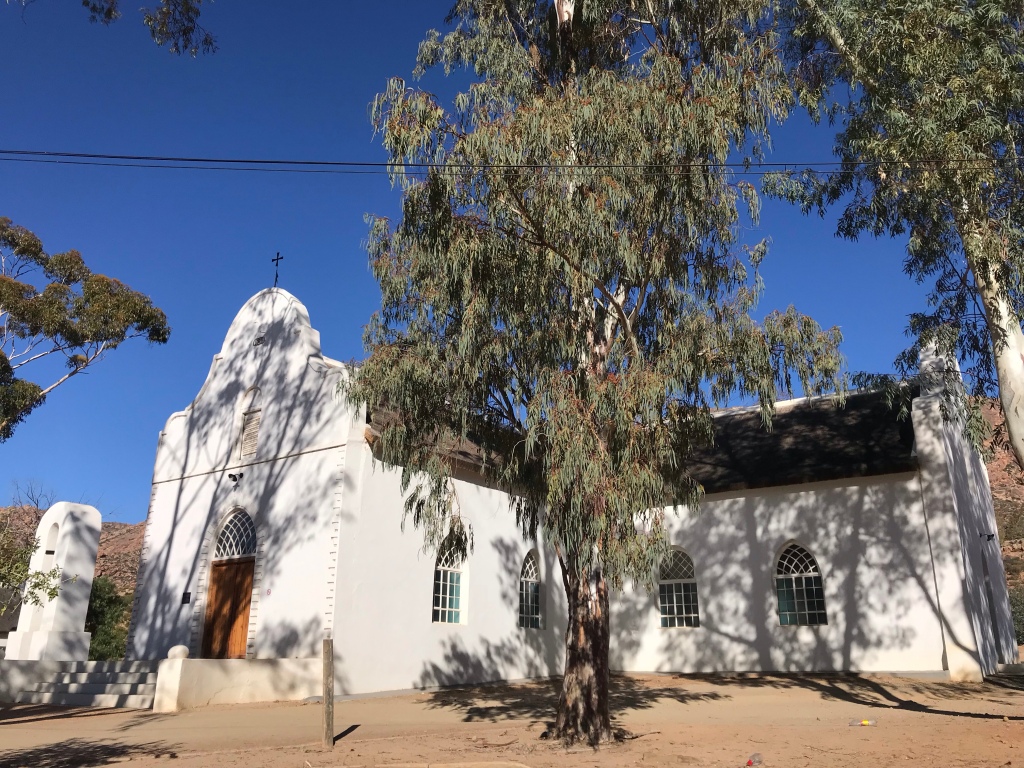
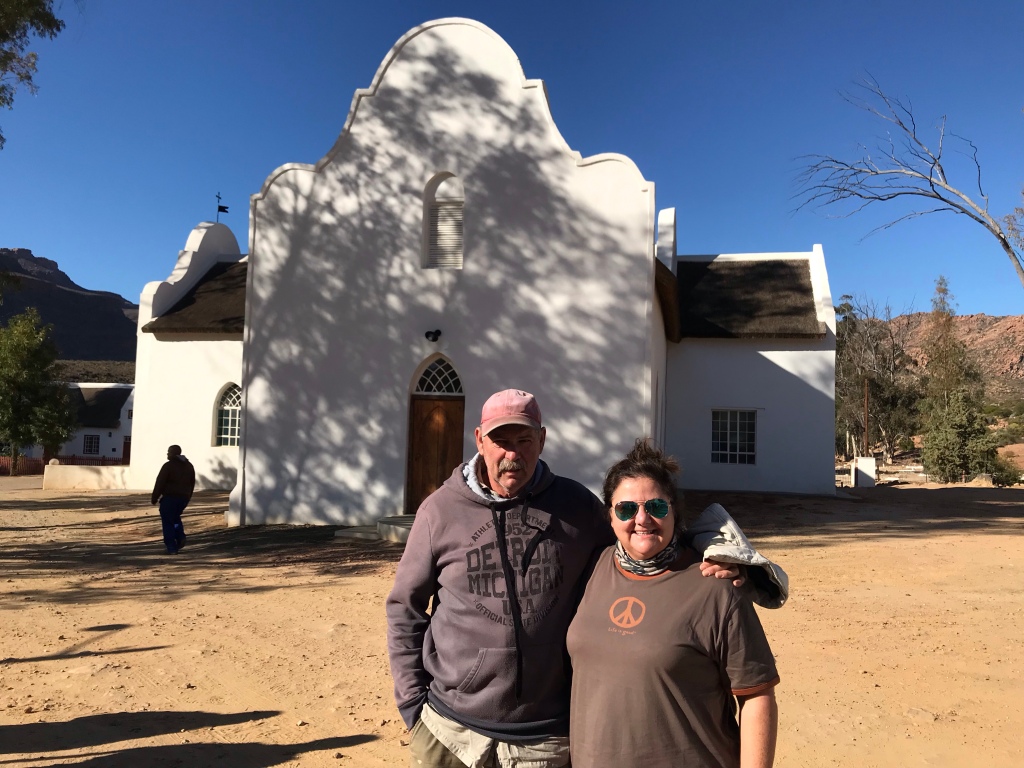
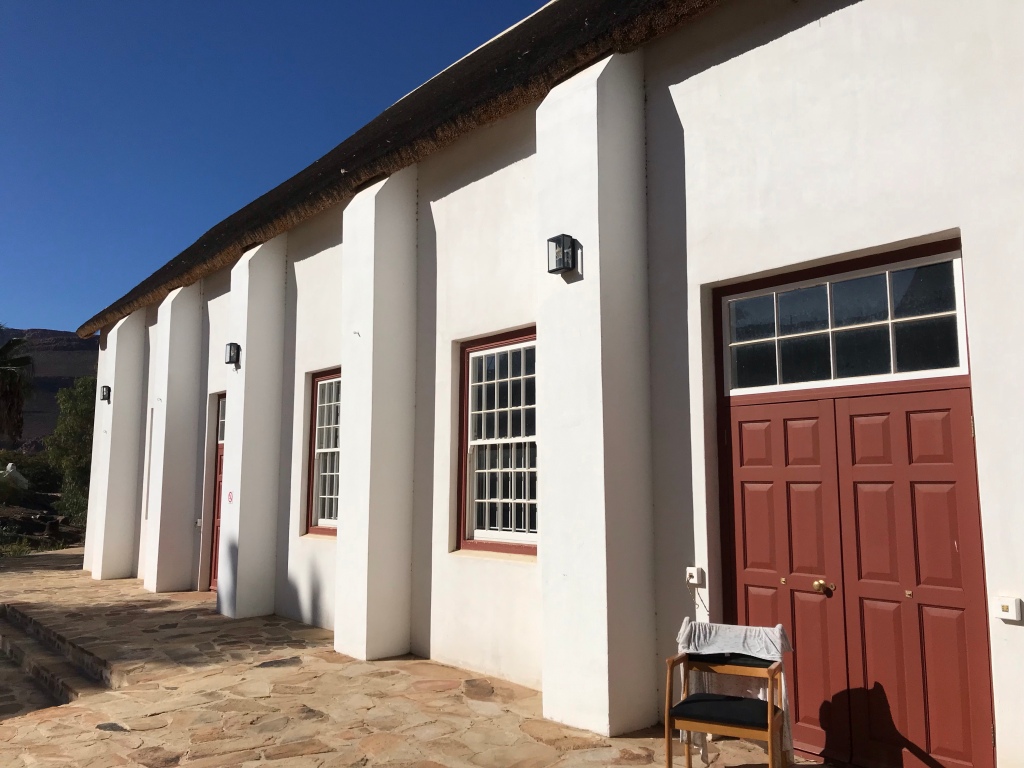
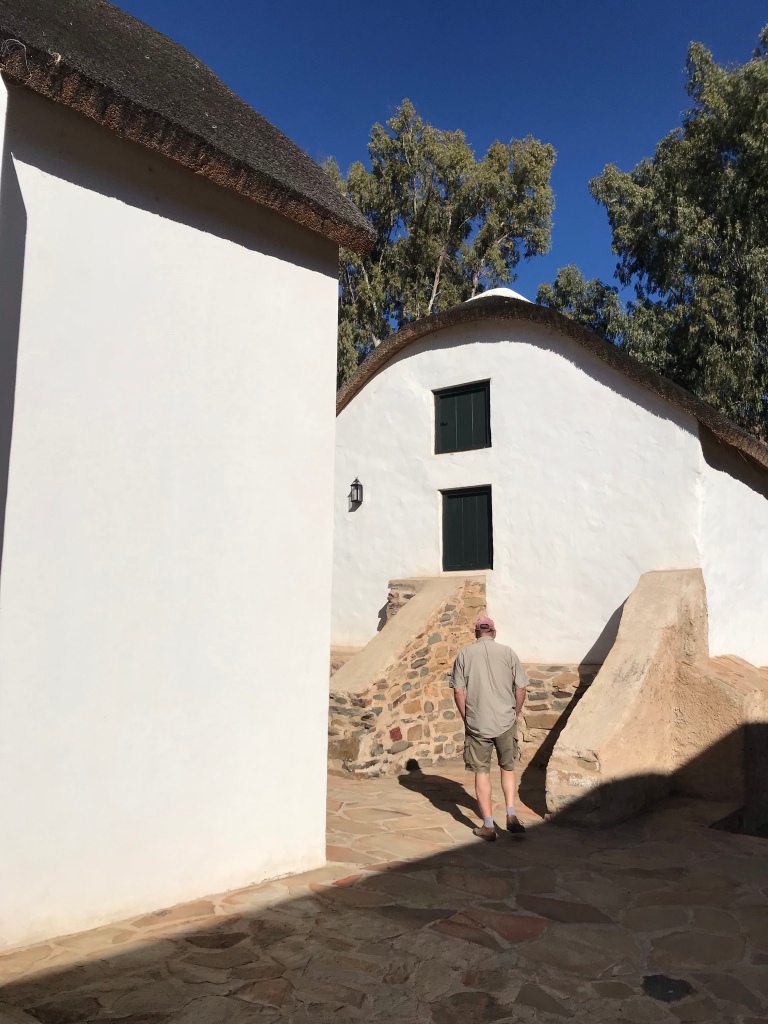
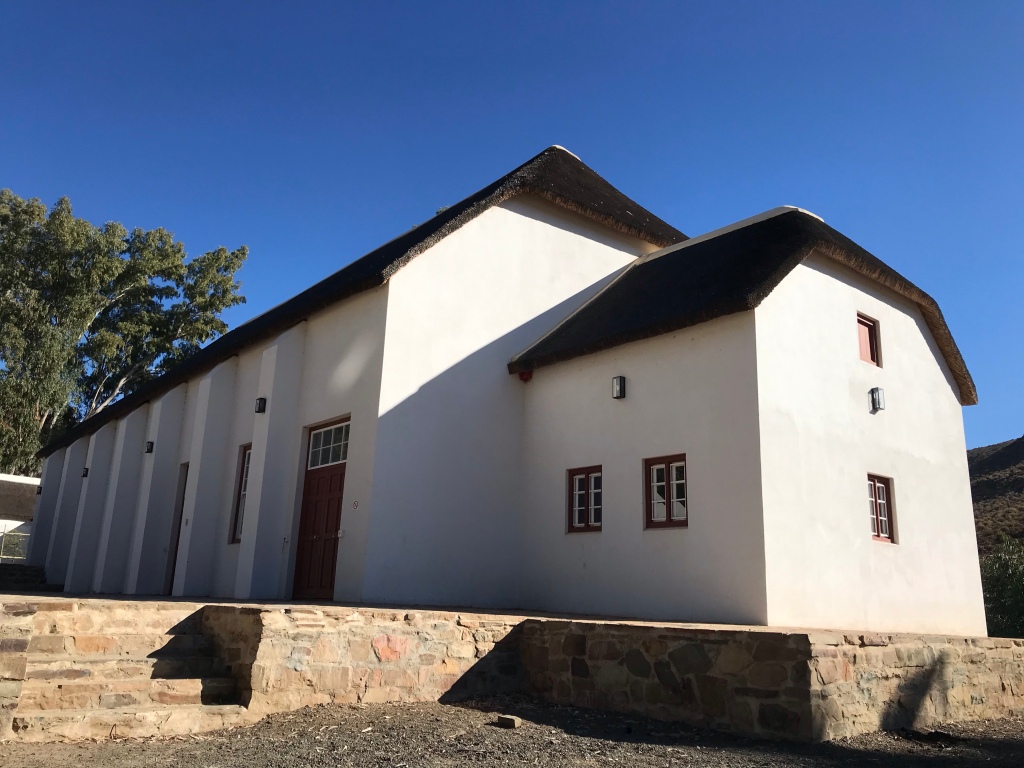
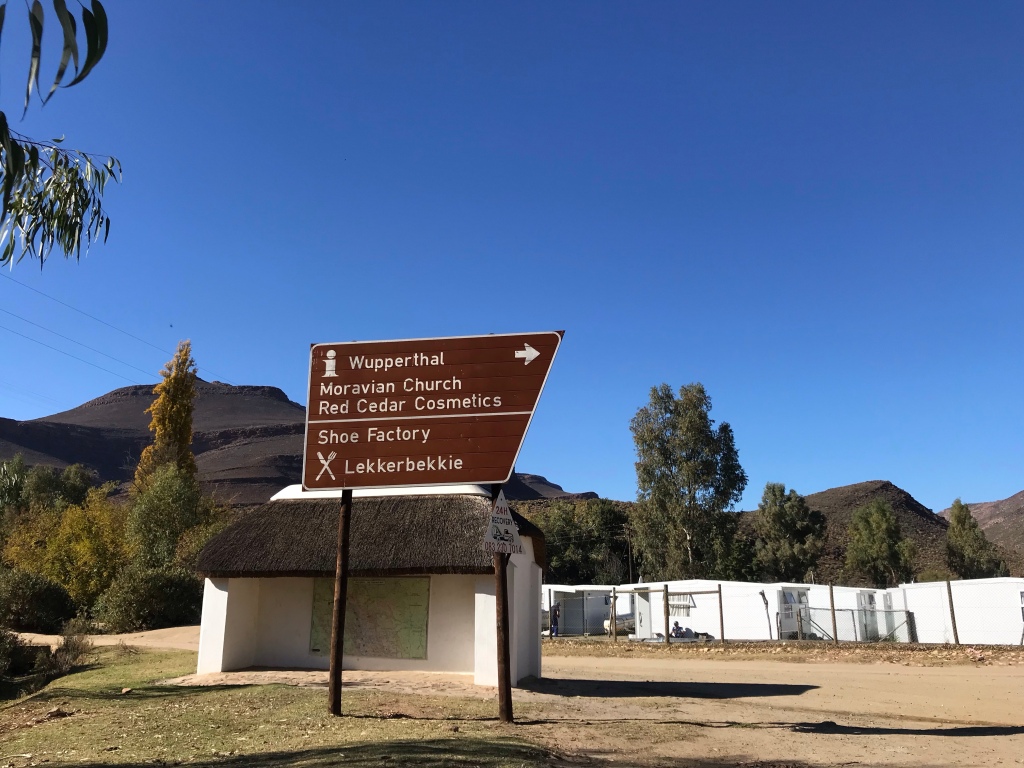
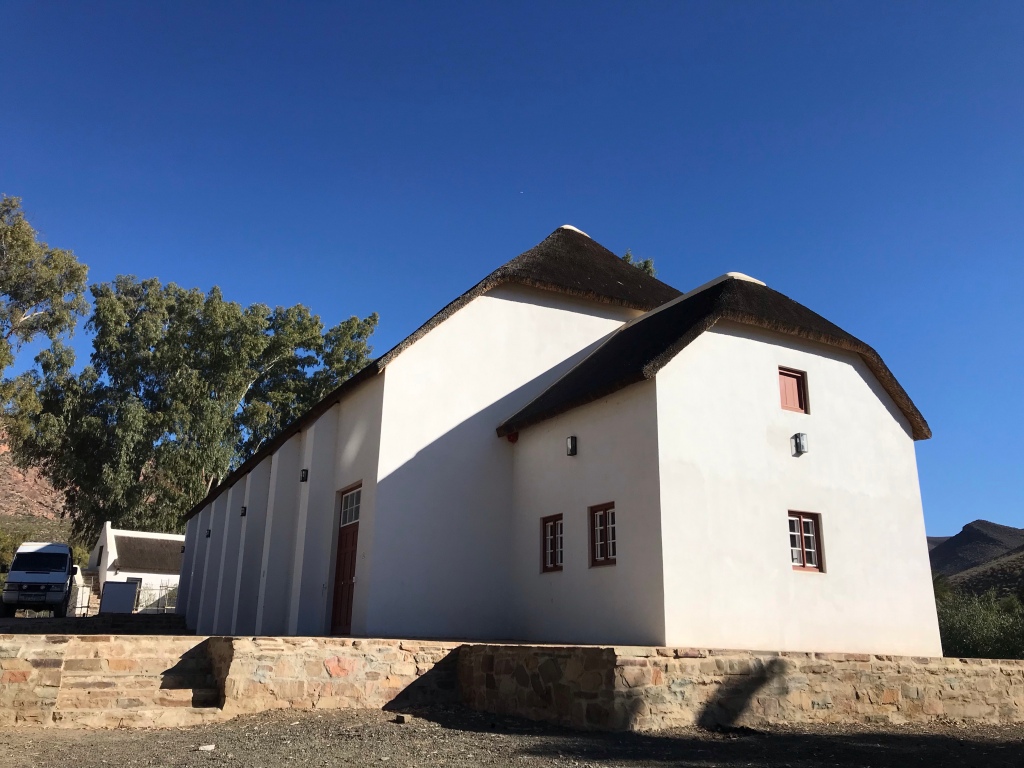
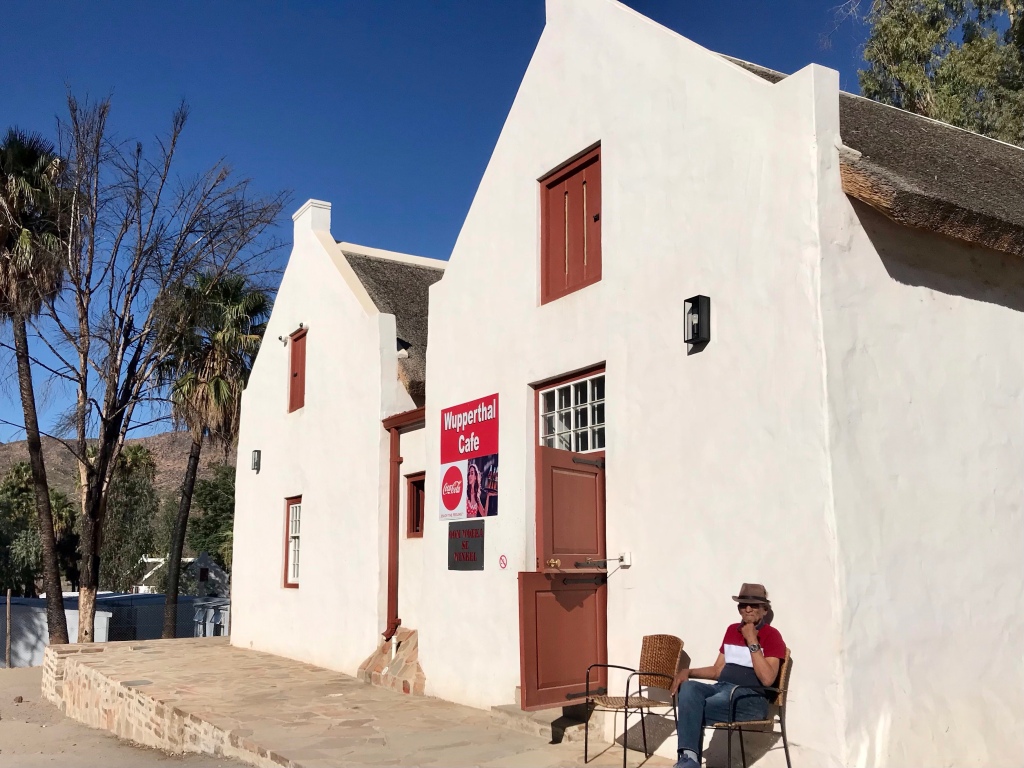
Here, we bought toasted cheese sarmies and hot chips before chatting with Oom Woeka who told us there are only five expert shoemakers left in town who can train a younger generation.
If you’re wondering what there is to do in Wupperthal, here it is: savour the peace and quiet of the mountains. The Biedouw Valley Pass that takes you there is arguably one of the most beautiful roads through the Cederberg, and the whole region has a slow-paced lifestyle unheard of by most city dwellers.
Wupperthal’s neighbouring village Heuningvlei is working hard to lure visitors with its own unusual attractions. Guests can come down the Pakhuis Pass on the back of a two or four-wheeled donkey cart for R200 per person (one way), a bumpy ride that concludes at the Heuningvlei Backpackers Lodge, where we stayed for the night at a delightful R165 per person.
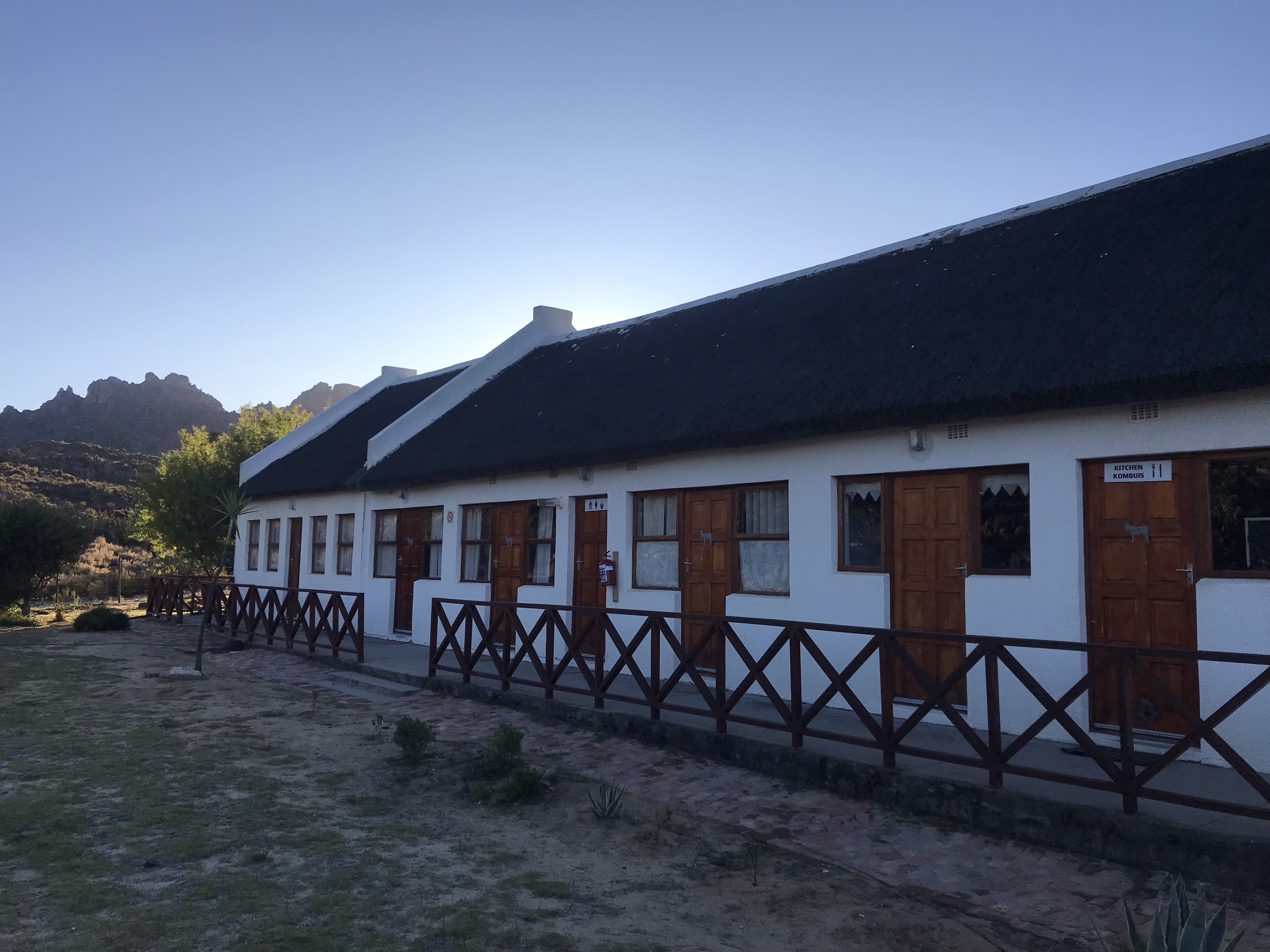
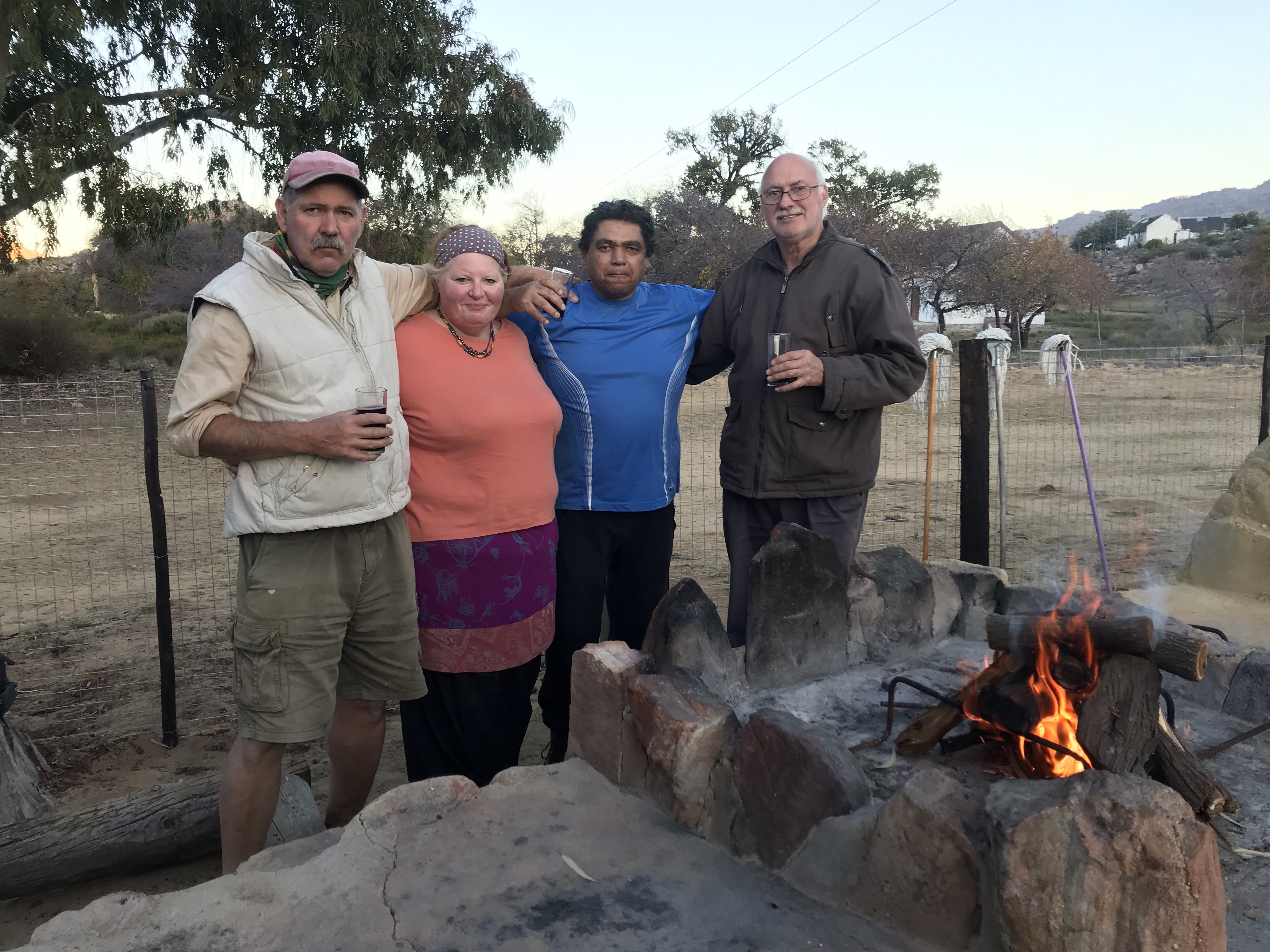
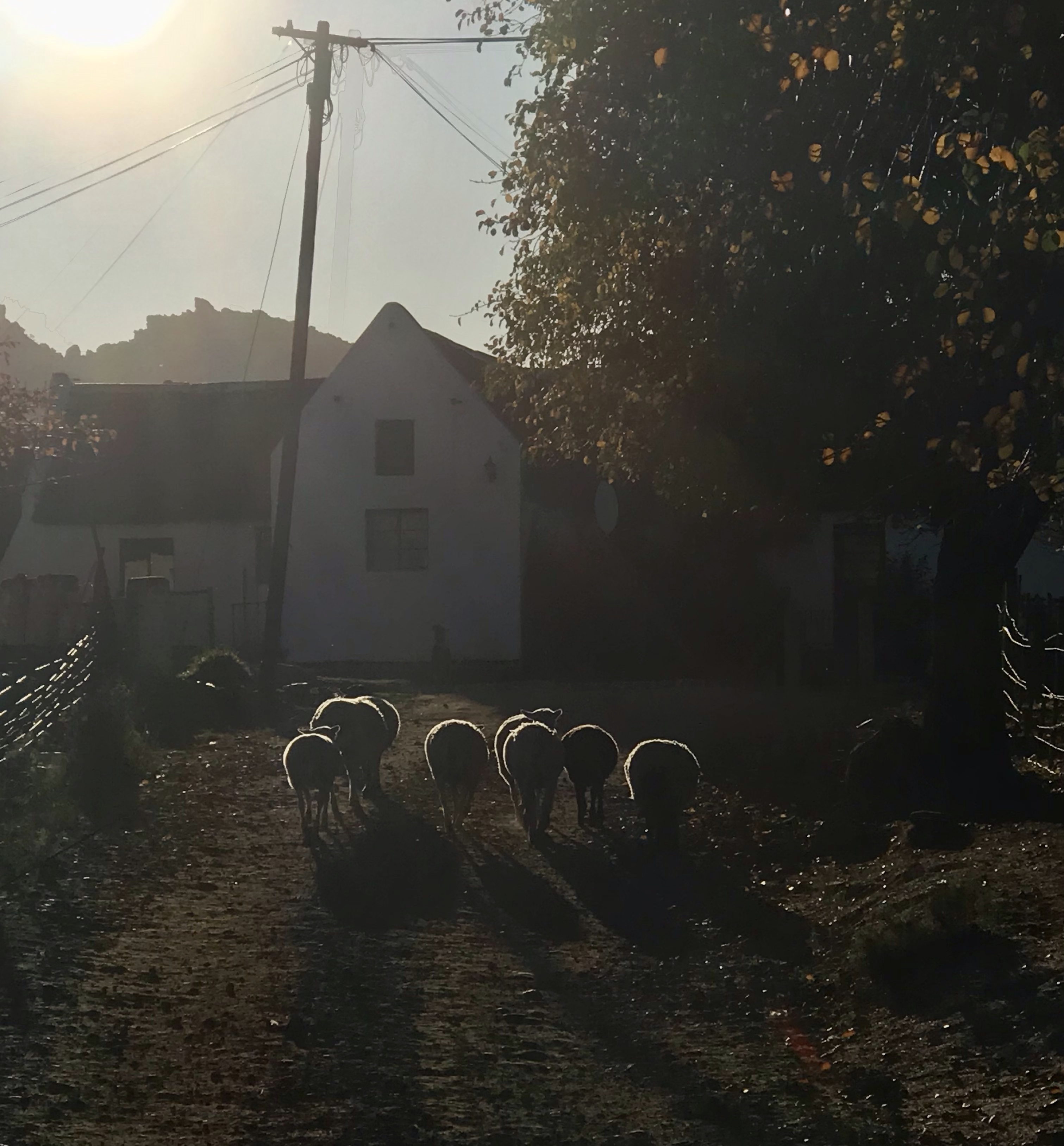
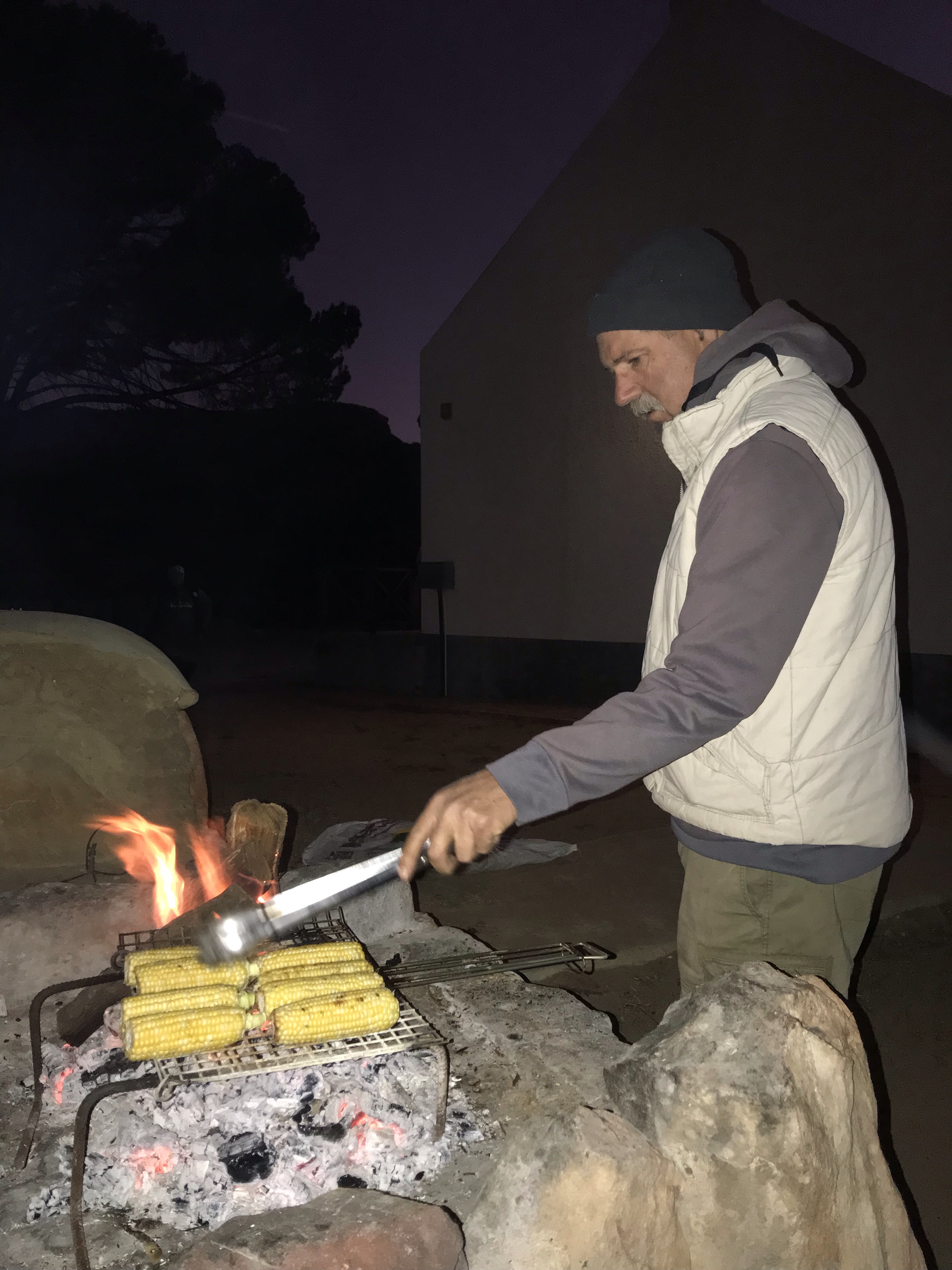
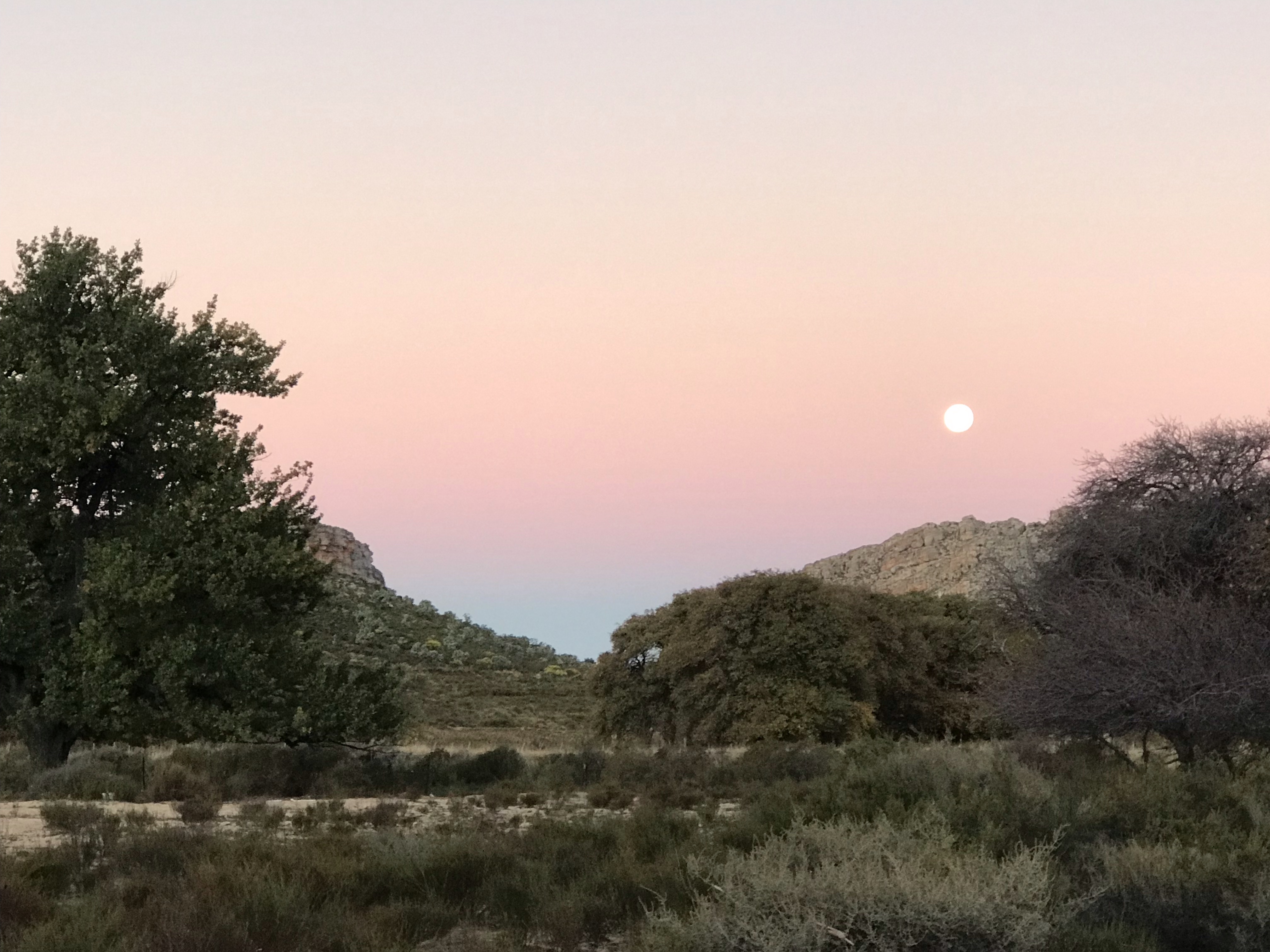
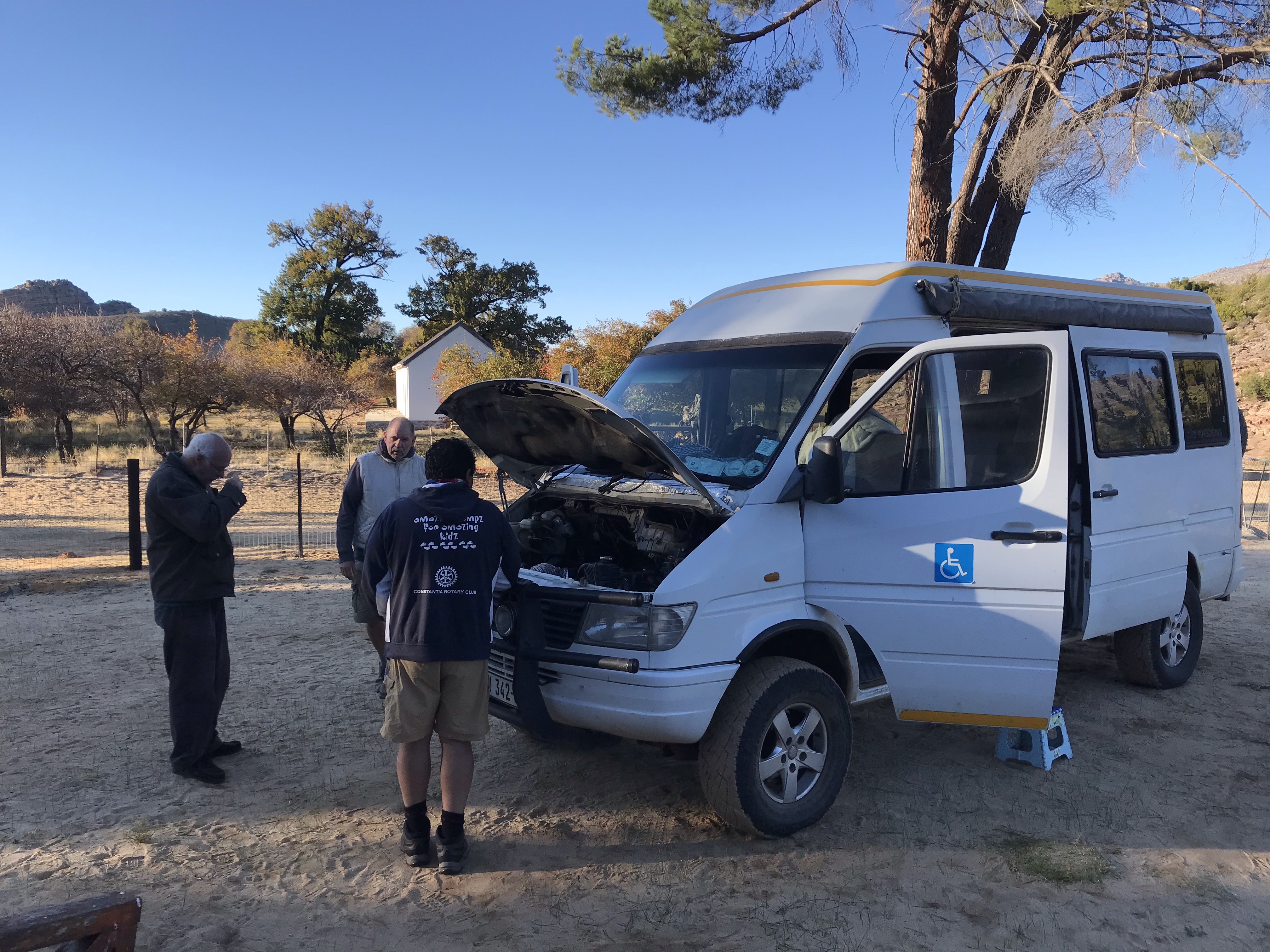

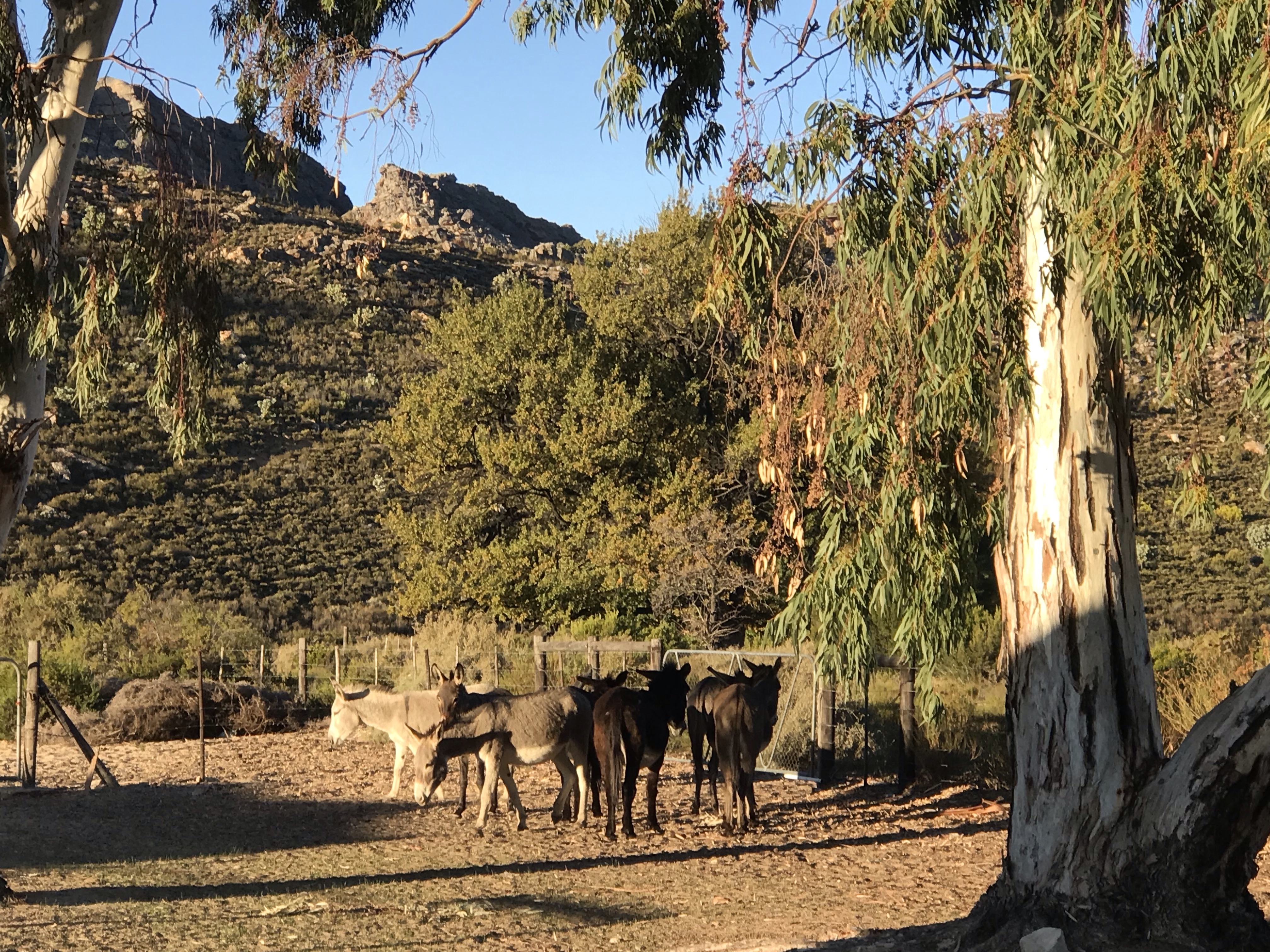
We ended a long and dusty day with a much-needed braai under a full bright moon. The air felt pure and the evening unspoilt, even by the nearby braying donkeys settling down for the night. I caught sight of the Milky Way when the full moon dropped and suddenly the sky lit up with stars. To me, that’s reason enough to venture out here.
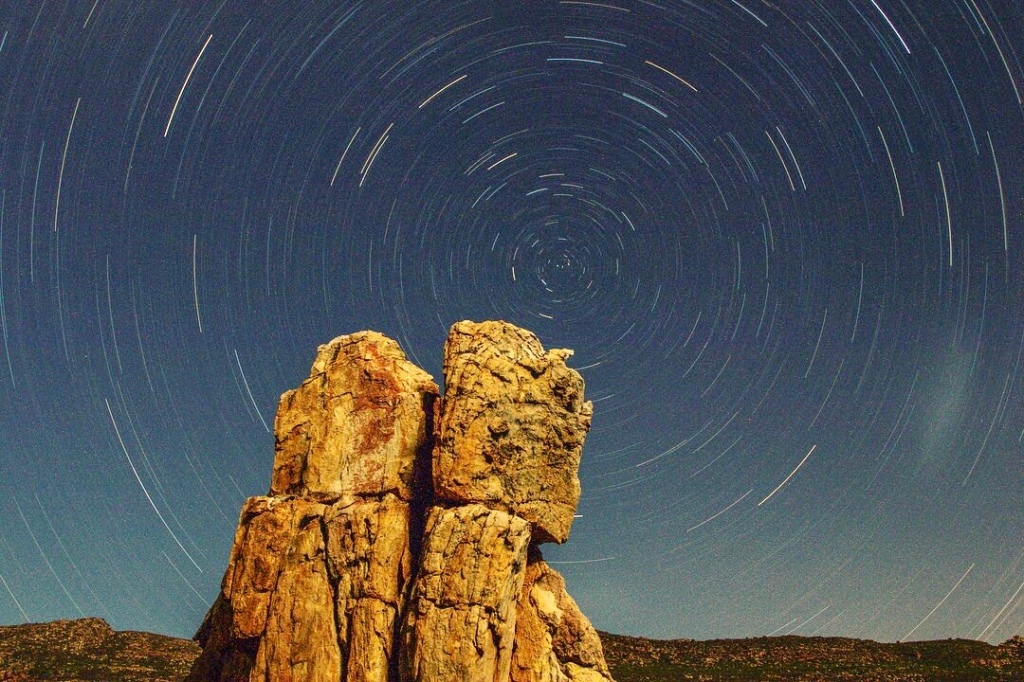
Stay here
There are some amazing places to overnight (or stay longer) in this area close to the caves and rock formations if you’re looking to explore wider. I recommend Cederberg Oasis, where the owners Gerrit and Chantal Karsten warmly welcome guests themselves.
Rates:
R800 per night for a small house that sleeps five.
They make an excellent breakfast (R65) to fortify you for the day’s rock adventures and Gerrit (with 30 years of experience in the Cederberg) will even hand-draw you a map before you go on a hike.
email: cederberg@telkomsa.net
You can read this article as it was published in Getaway magazine. https://www.getaway.co.za/travel-ideas/wonderful-wupperthal-a-humble-dorpie-in-the-cederberg/
Check out where my blog is listed on the African travel Blogs list – .https://blog.feedspot.com/africa_travel_blogs/







